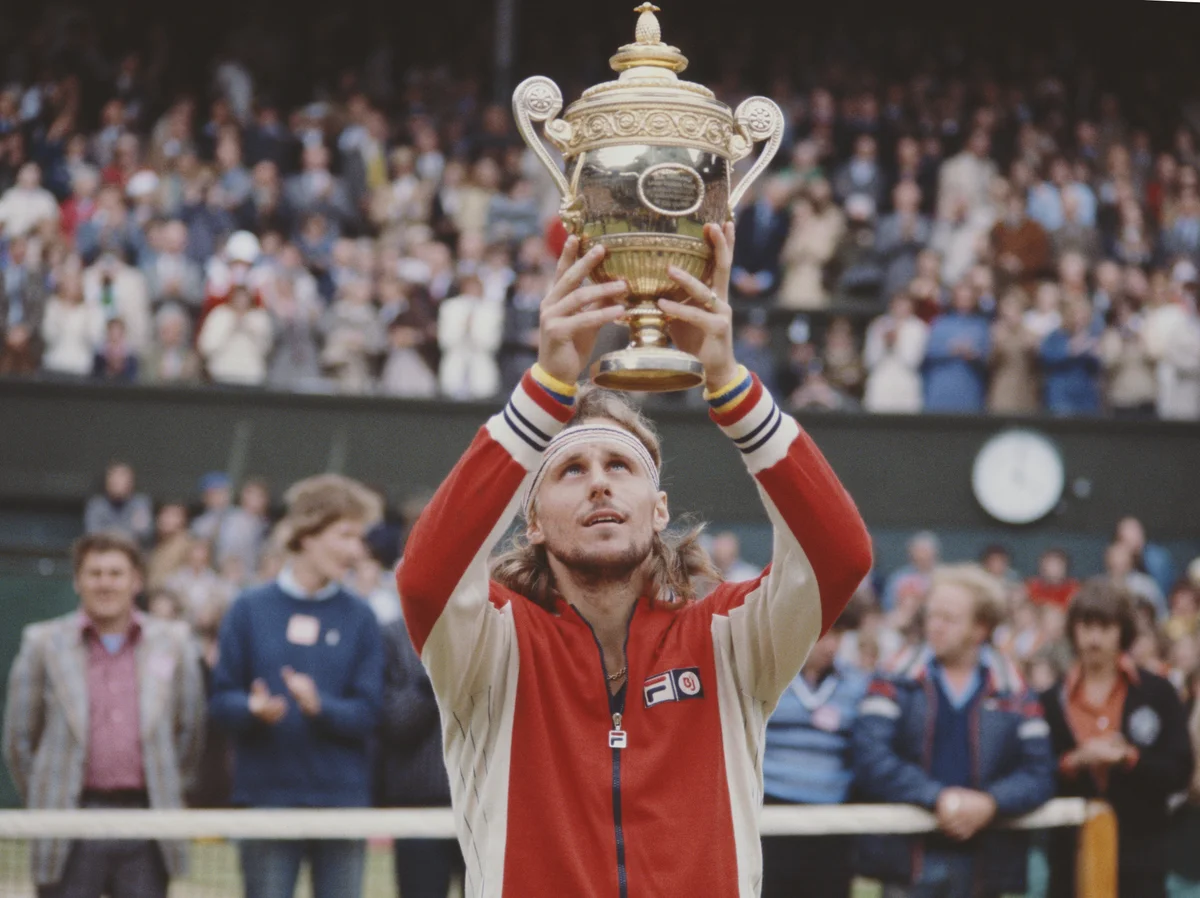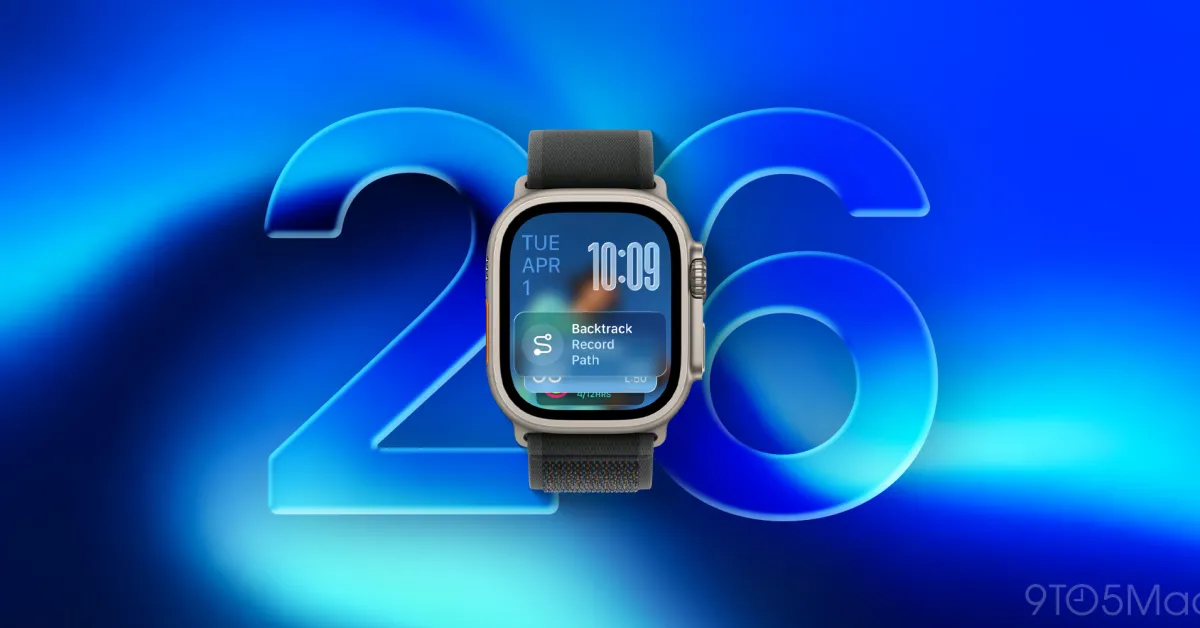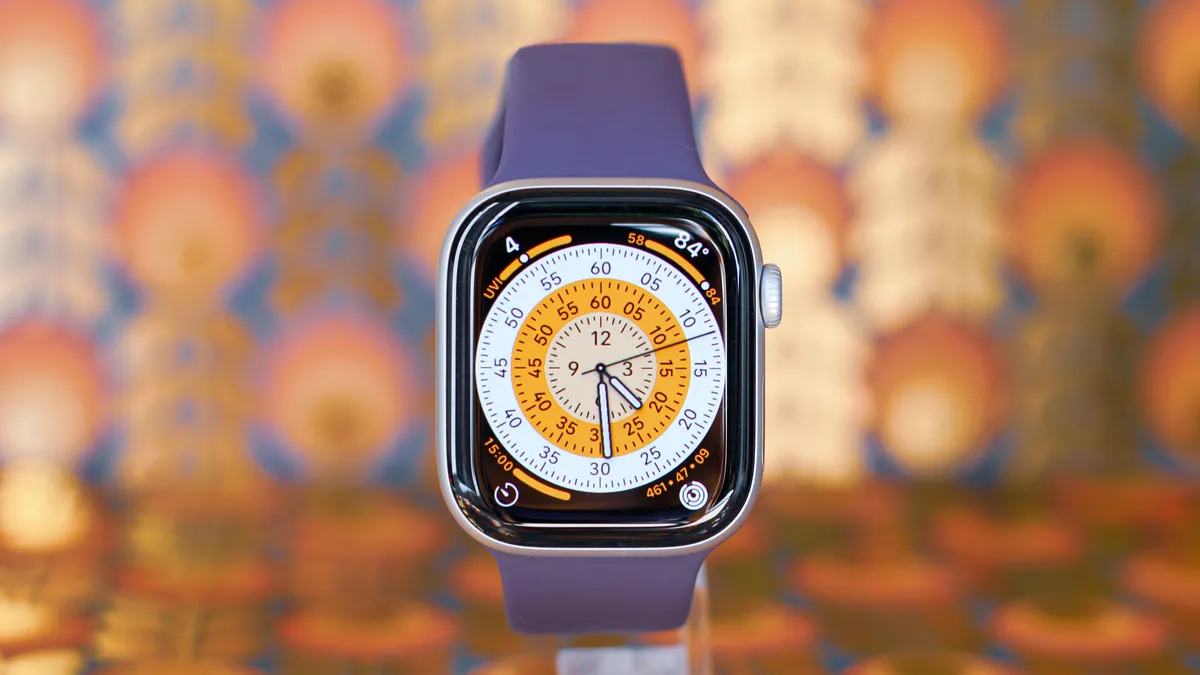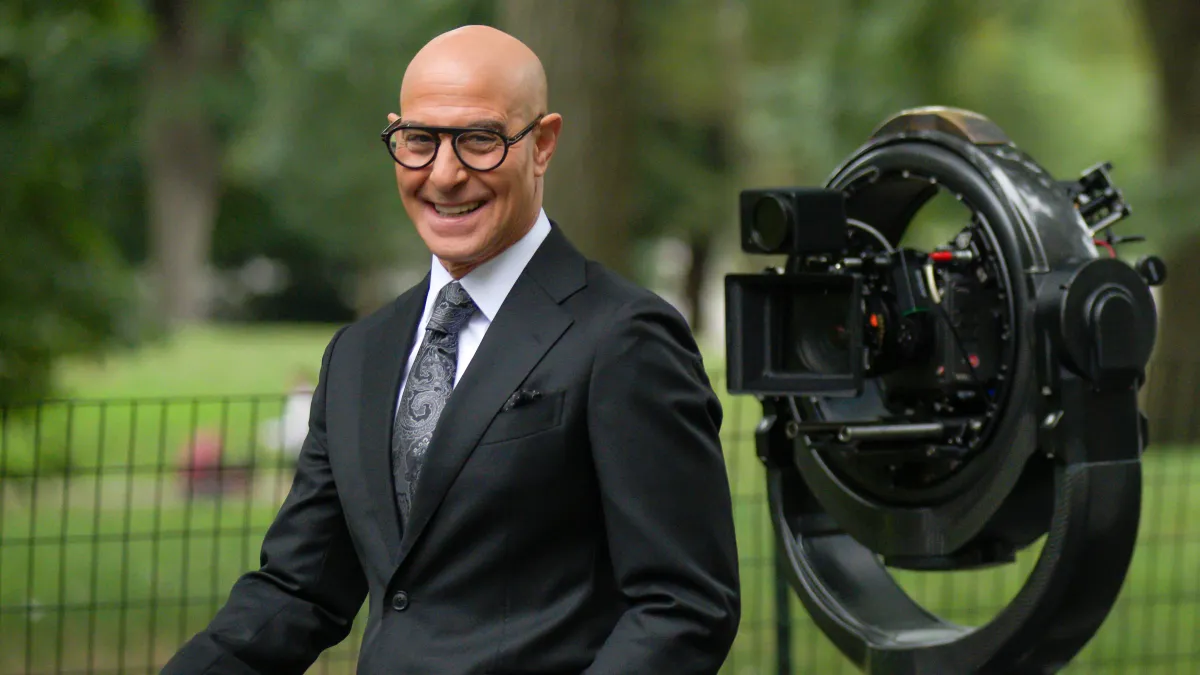Bjorn Borg: How the ice-cool king of Wimbledon descended into a secret life of drugs and alcohol
By Lawrence Ostlere
Copyright independent

It is not so unusual for superstars to quit their sport, though they are normally drawn back in soon enough. Michael Jordan left the NBA at the peak of his powers and returned a year later after an unsuccessful attempt to reinvent himself as a baseball player. Johan Cruyff retired from football aged only 31 but quickly returned after losing a lot of money investing in pig farming.
What was unique about Bjorn Borg was that he conquered his sport, retired aged 26 and never returned, or at least not while still a competent tennis player. He reappeared 10 years later but lost every match he played.
We now know why: for nearly two decades after he walked away from the game, his life spiralled into drug addiction. He nearly died twice, first in Milan in 1989 when his wife found him unconscious and he was rushed to hospital to have a lethal cocktail of drugs and alcohol pumped from his body. Then, in the mid-1990s when he suffered a heart attack on a bridge in the Netherlands. His heart stopped, and only the quick reactions of passers-by saved him.
The revelations are told in his new memoir Heartbeats, a book which opens up on his recent battle with cancer and at the same time melts away all we thought we knew about the “Ice Man”, laying bare a hidden truth decades later. “The Nineties feel like one long stretch of wasted time,” he writes of that period in his life when drugs took hold.
Behind his cool on-court persona was a man wrestling with his newfound rockstar status and without anyone to give him advice or guide him through the whirlwind. He felt hounded by fans, the media and photographers following his every move, and he left the sport to escape. But it left a void in his life, and, within a year, cocaine had replaced the dopamine hit of baseline winners and title triumphs.
It is hard to reconcile with the same Borg who was a picture of self-control during his career. That mastery of his emotions, whatever the outcome of the previous point, was a vital part of why he was able to win six French Open titles and five successive Wimbledons in a spell of dominance between 1974 and 1981.
His composed playing style stood in stark contrast to the fiery characters of his two great American rivals, John McEnroe and Jimmy Connors. That difference was epitomised by perhaps the greatest match of all time, when Borg met McEnroe in the 1980 Wimbledon final. Borg was going for a record fifth title in a row but McEnroe battled furiously, winning an epic fourth-set tiebreak 18-16, in which Borg lost several championship points.
Most players would have crumbled – think of how Jannik Sinner’s game collapsed after losing three championship points at Roland Garros this year – but Borg appeared almost emotionless. He shrugged off the disappointment, regrouped and won the fifth set 8-6 to make history.
Yet that self-restraint did not come naturally. Borg writes about how he learnt to swallow his emotions as a child after being suspended from his local tennis club in Sweden for poor behaviour. When he returned six months later, he consciously buried his feelings for fear of being kicked out again, something that must have taken vast willpower in what can be such a frustrating sport.
Borg first became interested in tennis at age six when his father, Rune, brought home a golden tennis racket he won at a table tennis tournament. Rune soon drew up a strict training regime for the young Bjorn, who quickly developed a supreme talent, albeit with an unusually jerky technique which he maintained throughout his career.
Borg was an only child and his relationship with his parents was quite typical of Swedish families of that era: restrained and stoical. He tells the story of his father coming to collect him from the hospital in Netherlands after his heart attack to take him back to Sweden, to his mother. They did not speak on the flight home. “We didn’t even know how to begin discussing it,” Borg recalls. “They didn’t offer me help with any kind of treatment with the drugs. That was something I had to handle on my own.”
He deeply regrets retiring, but at the time he felt like it was his only way out. “All I could think was how miserable my life had become,” he writes about that time in 1981. After Borg lost the US Open final to McEnroe, he should have been frustrated and angry about missing out on a tournament which he had never won. But he didn’t care, returning to his Long Island home to sit in his pool house and drink beer.
“I was not upset or sad when I lost the final,” he told the Associated Press. “And that’s not me as a person. I hate to lose. My head was spinning and I knew, I’m going to step away from tennis.”
The book – which is ghostwritten by his third wife, Patricia Ostfeldt – hints that women were another vice, and he describes Hugh Hefner as “my old friend” with whom he would spend weekends at the Playboy Mansion.
Borg has two sons: Robin, with model Jannike Bjorling, born in 1985 the year after divorcing his first wife, fellow tennis professional Mariana Simionescu; and Leo, a tennis player, with second wife, Italian singer Loredana Berte. One romantic relationship would overlap with the next because “I just couldn’t handle being alone,” he writes. He regrets spending so little time with Robin, who grew up in Sweden while Borg lived mainly in Milan.
He blew most of his fortune on failed investments like his lifestyle brand Björn Borg Design, which went bankrupt in 1989. He later complained he had been cheated by friends who “were all out to take advantage of me”. It was another example of the lack of support for his life after tennis. Had he been a player of the modern era, Borg would have had a team of people to guide him through his career and out the other side. Instead, he felt alone.
“When I stopped playing tennis, I didn’t have a schedule. I’d wake up in the morning and say to myself: I can do everything, anything, I’m so happy,” he told The Times. “But I left tennis. I left my tennis friends. That was a big mistake. I left the people in tennis that I was around and I liked all these people.
“The problem was that I didn’t realise this – I had no plan. It finally came to a point: OK, what am I supposed to do now? I had no idea. I was lost. I was lost in this world. I had no plan and that’s a difficult life.”
Borg’s life is a simpler one now, although he still values his privacy, despite his candid memoir. The 69-year-old exercises by doing laps of his large living room. He has been clean from drugs for 25 years, but now it is prostate cancer which threatens his life.
“The doctor said it was a really, really aggressive cancer,” he said of his diagnosis in late 2023. He underwent immediate surgery and it is now in remission. “The doctor says that I still have the cancer cells in my body but right now they’re sleeping. They could be sleeping for years.”
In the week when Ricky Hatton died, Borg’s truth is another reminder of sport’s heavy toll. It is not necessarily the game itself which hurts, although the pressure and the scrutiny and the relentless clamour is often overwhelming. But when the sport ends, it takes an entire purpose with it. In an instant it takes away the comforting structures of an athlete’s life – the training, the coach, the tournament cycle – and fails to replace them.
There are parallels with other tennis players, like Boris Becker, who lost his fortune, and Andre Agassi, whose autobiography Open is one of the great sporting memoirs. In it, he details the intense pressure from his father as a child, his resentment as a player and his spiral into drugs. But perhaps what is so arresting about Borg’s story is simply that it is Borg, the immovable object, the epitome of cool. The deep shock of leaving professional sport cracks through even the thickest ice.



